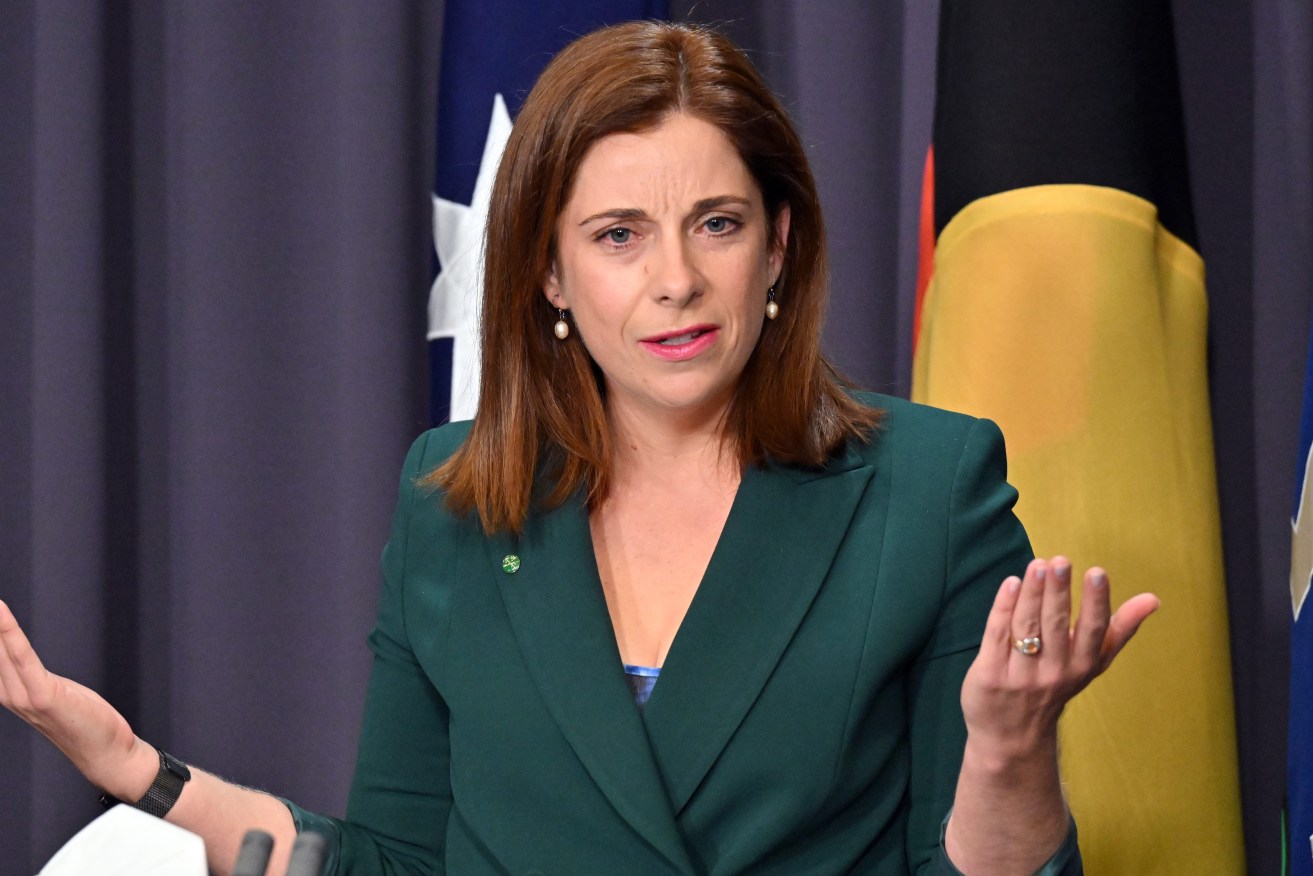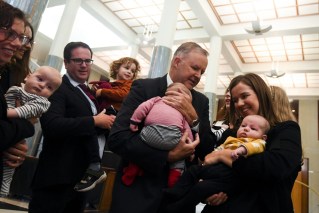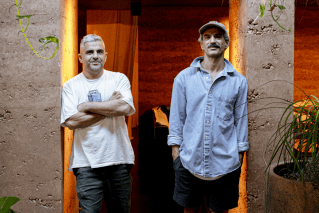Aged sector growing older by the day, costs up $5 billion each year
The cost of funding Australia’s aged care sector will grow by nearly $5 billion this year and is on track to keep swelling as the population gets older.

Minister for Aged Care Anika Wells at a press conference at Parliament House in Canberra. (AAP Image/Mick Tsikas)
Australia’s aged care services, which are subsidised by the federal government, are now the fifth-largest area of government spending.
Aged Care Minister Anika Wells said the sector had been plagued by a decade of inadequate funding by the former coalition government and Labor was committed to supporting the sector fairly.
“Properly funding our aged care sector comes at a price – with costs to increase in the budget by 23 per cent in the 2022/23 financial year,” she said.
The cost of funding aged care services, which include subsidies for aged care facilities as well as providers of in-home care, will rise from $24.8 billion to about $29.6 billion this year.
By 2025/26, that cost will swell to $35.8 billion as the population continues to age.
Within a decade, the number of people aged over 65 is expected to grow by about two per cent.
The government has promised to reform the struggling aged care sector following a royal commission that uncovered a system deeply in stress.
The reforms include 24/7 nursing requirements for aged care facilities – a rule that has faced challenges, with some providers struggling to meet the new workforce requirements by the July 1 deadline.
Treasurer Jim Chalmers said aged care was one major area of growing government spending, along with defence, the NDIS, aged and health care and the interest bill on debt.
“Within the considerable constraints we’re facing on the budget right now, we’ll do what we can to help Australians and we’ll do it in a targeted, methodical, responsible and affordable way,” he said.
Scrapping or trimming the stage three tax cuts, which in their present from will create a tax rate of 30 per cent for anyone earning between $45,001 and $200,000 starting from July 2024, has been flagged as one solution to the government’s budget woes.
New analysis from the Australia Institute found rural and regional communities will receive the least from the stage three income tax cuts, with National Party-held seats making up five of the 10 “biggest losers” from the policy change.
With low and middle-income earners mostly living in the regions, the bulk of the cuts are expected to end up in the pockets of those living in high-income urban areas.
Prime Minister Anthony Albanese told Sky News on Tuesday there had been “no change” in the government’s position on the tax cuts.












